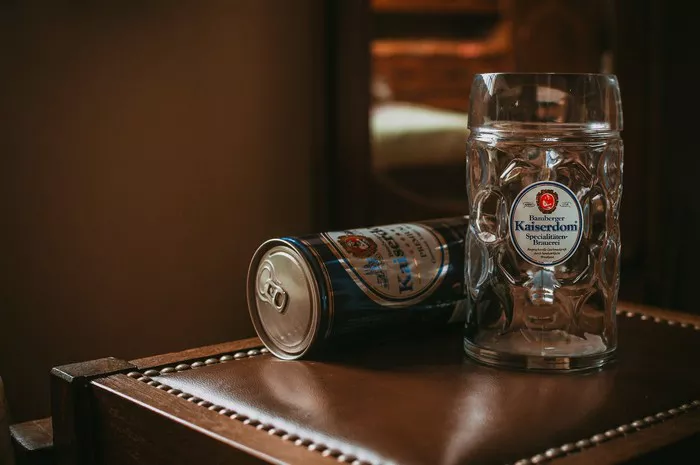Keg beer, often enjoyed on tap in bars and pubs, is a popular way to savor the flavors of a variety of beer styles. But have you ever wondered how keg beer is made, from its initial brewing process to being poured into your glass? In this article, we’ll take a behind-the-scenes look at how keg beer is crafted, covering the key steps from brewing to kegging and serving. So, let’s explore the fascinating journey of keg beer production.
1. Brewing the Beer
The journey of keg beer begins with the brewing process, which involves several key steps:
Malting: Barley grains are soaked in water, allowed to germinate, and then dried. This process, called malting, converts the starches in the grains into fermentable sugars.
Mashing: The malted barley is mixed with hot water in a process called mashing, where enzymes break down the starches into sugars. This creates a sugary liquid called wort.
Boiling: The wort is boiled and hops are added for flavor and aroma. Hops also act as a natural preservative.
Fermentation: After boiling, the wort is cooled and transferred to fermentation tanks. Yeast is added, and fermentation begins. The yeast consumes the sugars, producing alcohol and carbon dioxide.
2. Maturation and Conditioning
Once fermentation is complete, the beer undergoes maturation and conditioning. This step is crucial for developing the beer’s flavor and clarity:
Maturation Tanks: The beer is transferred to maturation tanks, where it is allowed to rest and mature. This can take several weeks or even months, depending on the beer style.
Clarification: During maturation, unwanted solids and haze settle out of the beer, resulting in a clearer product.
3. Filtration and Carbonation
After maturation, the beer is often filtered to remove any remaining solids or yeast. Carbonation is adjusted to achieve the desired level of effervescence:
Filtration: Filtration can be done through various methods, such as diatomaceous earth (DE) filtration or membrane filtration, to clarify the beer.
Carbonation: Carbon dioxide is added to the beer to achieve the desired level of carbonation. This can be done through natural carbonation by fermenting additional sugar or by injecting CO2 directly into the beer.
4. Kegging the Beer
The next step is kegging the beer, where it is transferred from fermentation or conditioning tanks into kegs:
Cleaning and Sanitization: Kegs are thoroughly cleaned and sanitized to ensure the beer remains free from contamination.
Filling: The beer is carefully transferred into the kegs, and the kegs are sealed to maintain freshness.
5. Storage and Distribution
Once filled, kegs of beer are stored in a controlled environment to maintain quality. They are often kept at a specific temperature until they are ready for distribution:
Temperature Control: Storing kegs at the right temperature helps preserve the beer’s flavor and prevents spoilage.
6. Serving Keg Beer
Keg beer is typically served on tap in bars and restaurants. Here’s how it works:
Dispensing: The keg is connected to a tap system through hoses. When a customer orders a beer, the tap is opened, and the beer flows from the keg through the tap and into the glass.
Temperature: Beer is usually stored and served at a specific temperature, depending on the style, to enhance its flavor.
Pressure: The keg is pressurized to push the beer out of the tap. The pressure is regulated to maintain the right level of carbonation.
Conclusion
In conclusion, keg beer production involves a series of carefully orchestrated steps, from brewing and fermentation to kegging and serving. Each stage plays a vital role in creating the delicious beer enjoyed by patrons in bars and pubs around the world. Whether you’re sipping a pint of lager, ale, or stout, you can appreciate the craftsmanship that goes into each keg of beer.


